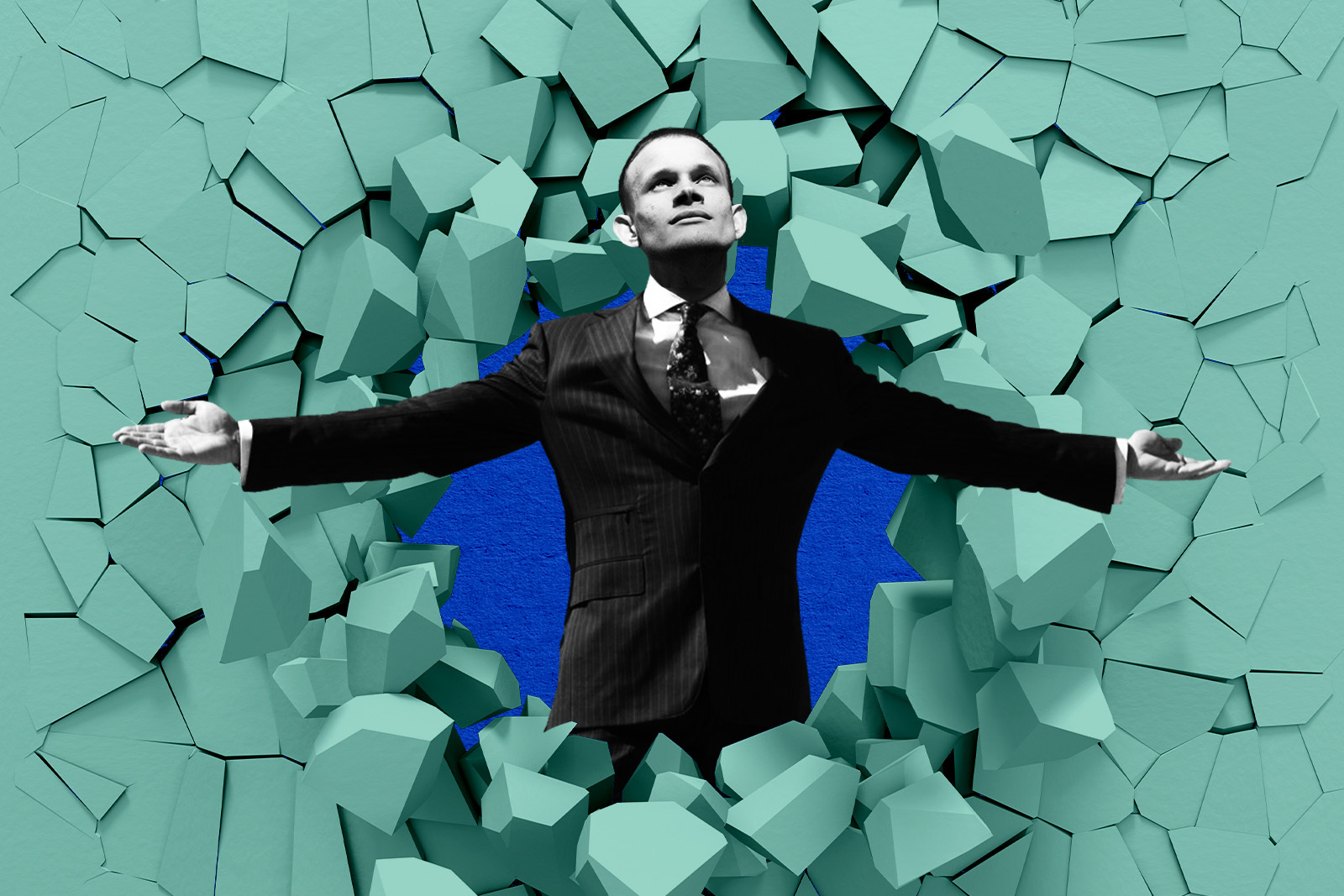
Ethereum 2.0, also known as Serenity, became one of the most anticipated network upgrades after Ethereum pushed its initial December 2020 release date back to 2021.
With the Ethereum (ETH) network upgrade and hard fork was scheduled to happen on the ETH mainnet at a block height of 13,773,000, estimated to occur on December 9th, 2021, 20:00 (UTC), the co-founder of Ethereum, Vitalik Buterin, has released the “Endgame,” a roadmap for the network.
Sponsored
Ethereum’s ‘Endgame’ Is Here
The upcoming network upgrade will see the Ethereum network transition away from its current Proof-of-Work (PoW) algorithms – also used by Bitcoin – towards the Proof-of-Stake (PoS) consensus algorithm.
The roadmap Buterin envision includes “a second tier of staking, with low resource requirements” to carry out distributed block validation.
Sponsored
The upcoming network upgrade will also introduce “either fraud-proof, or ZK-SNARKS to let users directly (and cheaply) check block validity” directly. In addition to being cheaper, this feature will add an extra layer of security to the Ethereum network.
Buterin also outlined the introduction of “data availability sampling to let users check block availability [and] add secondary transaction channels to prevent censorship.”
On the Flipside
- With huge improvements on the way, users have raised concerns about the potential of Endgame making the Ethereum network more centralized.
These features will lead to a more scalable Ethereum blockchain. Buterin believes that, if given powerful enough hardware, Ethereum will be able to achieve 10,000 transactions per second with this upgrade.
Buterin’s solutions, if implemented, also promise very high block frequency and a large block size for the Ethereum network.
Why You Should Care
Network fees largely depend on the condition of the blockchain itself. Improving the network conditions of Ethereum could be the Endgame solution for the high transaction fees that have long plagued Ethereum.
